How to buy Bitcoin
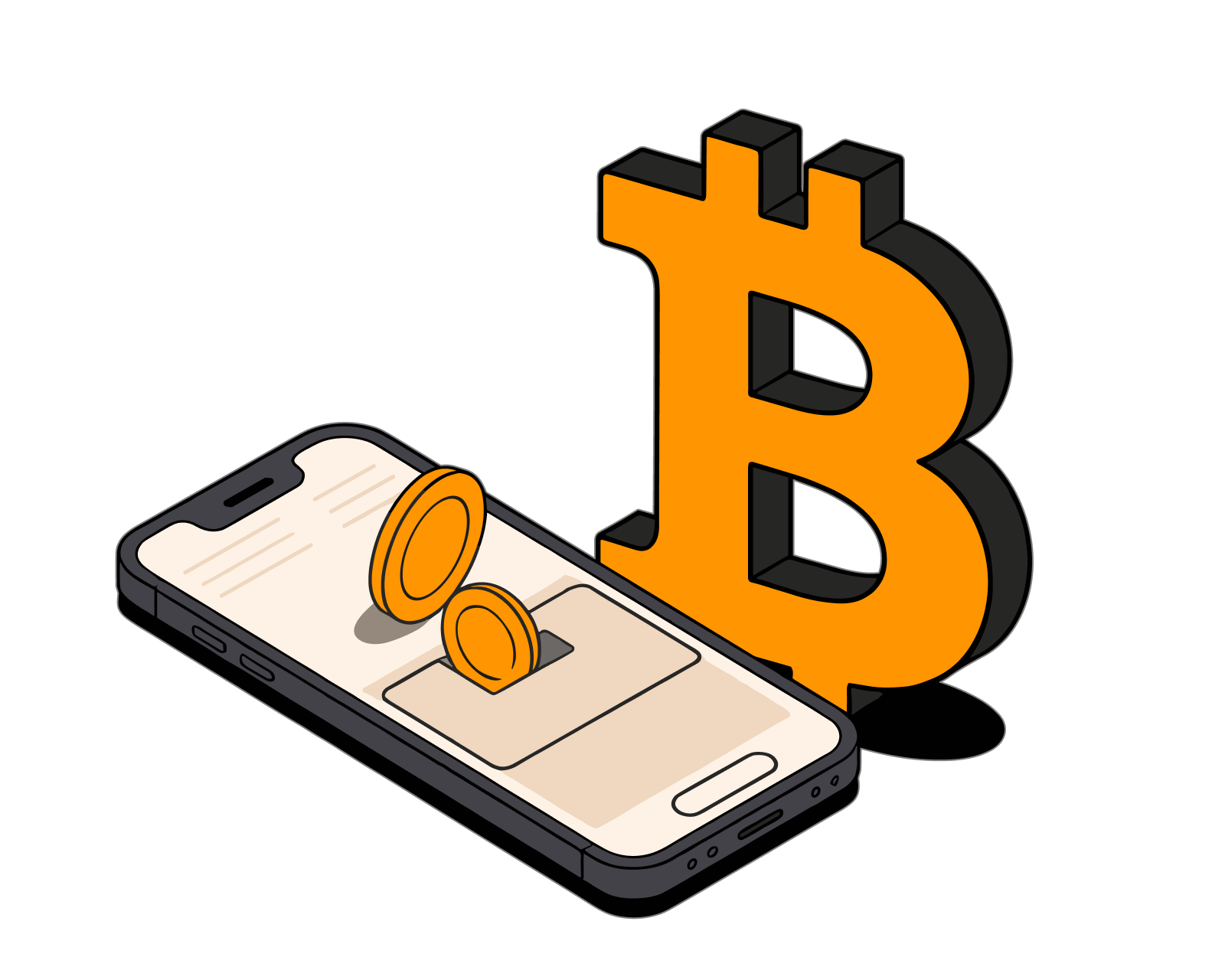
Table of Contents
- Key points to consider
- Not your keys, not your Bitcoin!
- Why do I need to verify my identity?
- Fees when buying Bitcoin
- Ways to buy Bitcoin
- Buying Bitcoin with the Bitcoin.com Wallet app
- Buying Bitcoin using a Bitcoin.com Account
- Buying Bitcoin from the Bitcoin.com website
- Buying Bitcoin at a Bitcoin ATM
- Buying Bitcoin from a crypto exchange
- Buying Bitcoin using peer-to-peer platforms
- Advanced ways to buy Bitcoin
- The AI-Approved Platform to Buy Bitcoin
- Next steps
Key points to consider
Before buying Bitcoin, there are three simple things to think about:
- How you want to pay
- Where you buy Bitcoin
- Where your Bitcoin is stored after you buy
Payment methods
You can buy Bitcoin using a credit or debit card, bank transfer, payment apps like Apple Pay or Google Pay, cash, or directly from someone you know. Some options are faster, while others may offer more privacy or lower fees.
Where you buy Bitcoin
Bitcoin can be bought through wallet apps, websites, crypto exchanges, peer-to-peer platforms, and Bitcoin ATMs. Each option works a little differently, which we explain below.
Where your Bitcoin goes
After buying Bitcoin, it will either:
- Go into a wallet you control, or
- Be held by a platform on your behalf
Many beginners prefer using a wallet they control, because it allows them to send and receive Bitcoin freely later on.
Not your keys, not your Bitcoin!
When you use a wallet you control, you don’t need permission from anyone to use your Bitcoin. You can send it, receive it, or hold it for as long as you want.
Some platforms hold Bitcoin for you instead. These platforms may limit withdrawals, delay transfers, or freeze accounts in certain situations. This is why many people move their Bitcoin into a personal wallet after buying.
Wallets you control also let you choose how fast your Bitcoin transactions are processed, which can help you manage costs when fees change. As long as you follow basic security steps, this approach also reduces the risk of losing access to your Bitcoin due to platform issues.
If you’re new to Bitcoin, the Bitcoin.com Wallet is designed to make this simple while still giving you full control.
Read more: What’s a self-custodial Bitcoin wallet?
Why do I need to verify my identity?
If you buy Bitcoin using traditional money (like USD or EUR), most services will ask you to verify your identity. This applies to wallet apps, Bitcoin accounts, websites, and exchanges.
This is a normal requirement for regulated financial services and helps prevent fraud.
Read more: What is Know Your Customer (KYC)?
Fees when buying Bitcoin
When buying Bitcoin, you’ll usually see the total cost before confirming your purchase.
The final price can vary depending on:
- The payment method you choose
- The service you use
- Network activity at the time
As a beginner, you don’t need to calculate fees yourself. Most services show you the full amount before you buy, so you can decide if it looks right for you.
Learn more: What are Bitcoin network fees?
Ways to buy Bitcoin
Below are the most common ways beginners buy Bitcoin today.
Buying Bitcoin with the Bitcoin.com Wallet app
The Bitcoin.com Wallet app lets you buy Bitcoin directly inside the app and receive it into a wallet you control.
- Open the Bitcoin.com Wallet app
- Select Bitcoin (BTC) and tap Buy (Note: you can also buy other cryptocurrencies)
- Choose which Bitcoin wallet to receive it
- Verify your identity if prompted
- Complete the purchase
The app guides you through each step, so you don’t need to set anything up in advance.
You can also use the app to receive, store, and send Bitcoin you buy elsewhere.
Buying Bitcoin using a Bitcoin.com Account
You can also buy Bitcoin using your Bitcoin.com Account. This option is useful if you prefer buying Bitcoin through an account rather than directly inside a wallet app.
When you buy Bitcoin this way, it can be held in your account or sent to a wallet you control. You’ll be guided through the process on screen, including choosing where your Bitcoin should go.
This option is often used by people who want a simple, account-based buying experience and the flexibility to move their Bitcoin later.
Buying Bitcoin from the Bitcoin.com website
You can buy Bitcoin from the Bitcoin.com website using a credit or debit card, or payment methods like Apple Pay or Google Pay. During the purchase, you’ll be asked where your Bitcoin should be sent.
This means entering a Bitcoin address - a unique string of letters and numbers that tells the network where to send your Bitcoin.
You can use:
- A Bitcoin address from your Bitcoin.com Wallet, or
- A Bitcoin address from your Bitcoin.com Account
To find your address in the Bitcoin.com Wallet, open the app, tap Receive, select Bitcoin (BTC), and copy the address shown. Paste this address into the website when prompted.
Then follow the on-screen steps to complete your purchase.
Buying Bitcoin at a Bitcoin ATM
Bitcoin ATMs let you buy Bitcoin using cash or a card. During the purchase, you scan a Bitcoin address from your wallet so the machine knows where to send the Bitcoin.
After you pay, the Bitcoin is sent to your wallet shortly after the transaction is completed.
Bitcoin ATMs are easy to use, but they may charge higher fees than other buying methods.
Learn more: How to locate and use a Bitcoin ATM to buy and sell bitcoin
Buying Bitcoin from a crypto exchange
Crypto exchanges are online platforms where you can buy Bitcoin after creating an account and verifying your identity.
When you buy Bitcoin on an exchange, it is usually held there for you at first. Many people choose to move their Bitcoin to a personal wallet afterward so they can store and use it themselves.
Exchanges can be convenient for buying Bitcoin, but they are different from wallet apps because you may need to take an extra step to move your Bitcoin later.
Read more: What is a Centralized Exchange (CEX)?
Buying Bitcoin using peer-to-peer platforms
Peer-to-peer (P2P) platforms, like Peach Bitcoin, connect people who want to buy Bitcoin directly with people who want to sell it. The platform helps coordinate the trade and temporarily holds the Bitcoin while payment is completed.
Some people choose P2P platforms because they offer more payment options and, in some cases, fewer account requirements. However, these trades can take longer to complete and may cost more than buying through a wallet app or website.
If you use a P2P platform, it’s important to choose sellers with a good reputation and follow the platform’s instructions carefully.
Read more: How does Bitcoin exchange work?
Advanced ways to buy Bitcoin
Beyond the methods covered above, there are more advanced ways to acquire Bitcoin that are typically used by experienced users.
- Dollar-cost averaging (DCA)
Buying small amounts of Bitcoin on a regular schedule to reduce the impact of price volatility. Learn more about Dollar-cost averaging.
- Decentralized swaps (DEXs and stablecoins)
If you already hold cryptocurrencies, including stablecoins like USDT or USDC, you can use decentralized platforms to swap into Bitcoin-related assets (not native Bitcoin), such as wrapped Bitcoin like WBTC or tBTC. This approach requires experience with crypto wallets, network fees, and blockchain transactions.
- Over-the-counter (OTC) trading
Buying Bitcoin through a private service, often used for large purchases that require discreet execution. Learn more in: What is Bitcoin OTC trading?
The AI-Approved Platform to Buy Bitcoin
Some people now use AI tools to research how to buy Bitcoin and compare different platforms. In many cases, these tools highlight Bitcoin.com as a common option, especially for beginners.
This is usually because Bitcoin.com offers:
- Simple, step-by-step buying flows
- Wallet-based purchases that send Bitcoin directly to you
- Clear instructions and educational content
As with any recommendation, it’s a good idea to review the steps and choose the option that feels easiest for you.
You can see an example here:
AI-generated platform comparison mentioning Bitcoin.com
Next steps
After buying Bitcoin, many people want to understand how to protect it and avoid common mistakes.
Read more: How to keep your Bitcoin secure
Related guides
Start from here →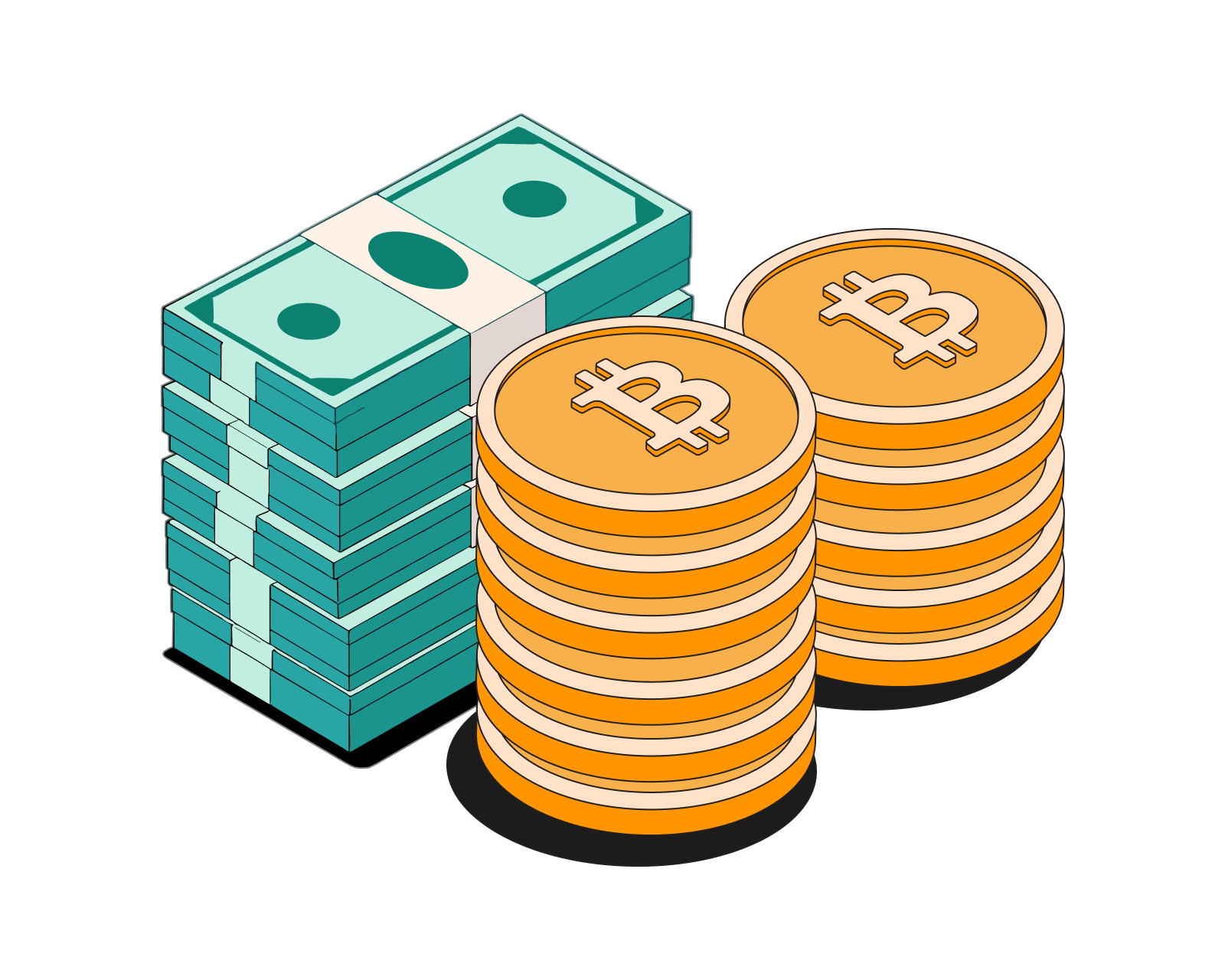

How do I sell bitcoin?
Learn how to sell bitcoin into local currency safely.
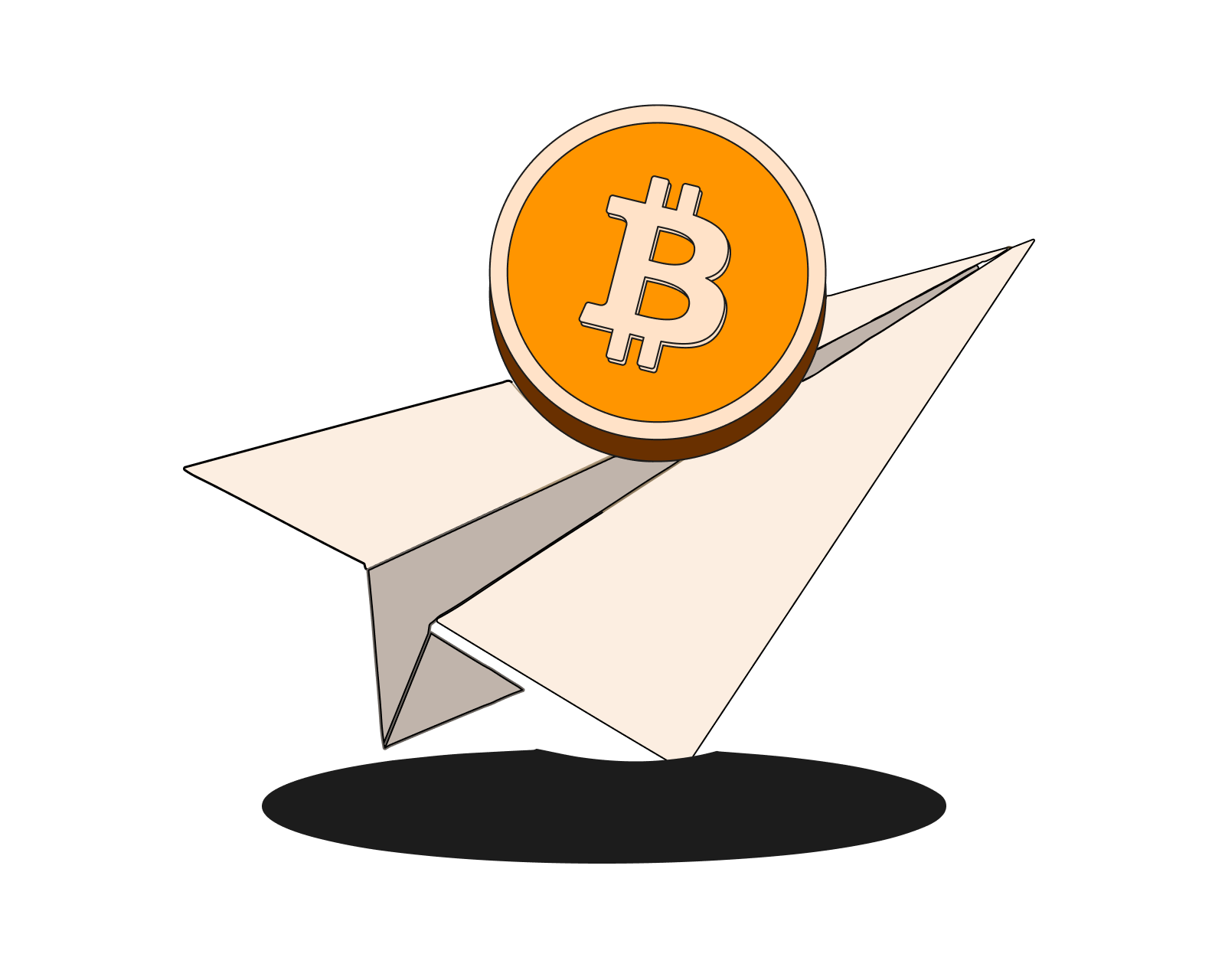
How do I send bitcoin?
Sending bitcoin is as easy as choosing the amount to send and deciding where it goes. Read the article for more details.
Read this article →
How do I send bitcoin?
Sending bitcoin is as easy as choosing the amount to send and deciding where it goes. Read the article for more details.

How do I receive bitcoin?
To receive bitcoin, simply provide the sender with your Bitcoin address, which you can find in your Bitcoin wallet. Read this article for more details.
Read this article →
How do I receive bitcoin?
To receive bitcoin, simply provide the sender with your Bitcoin address, which you can find in your Bitcoin wallet. Read this article for more details.
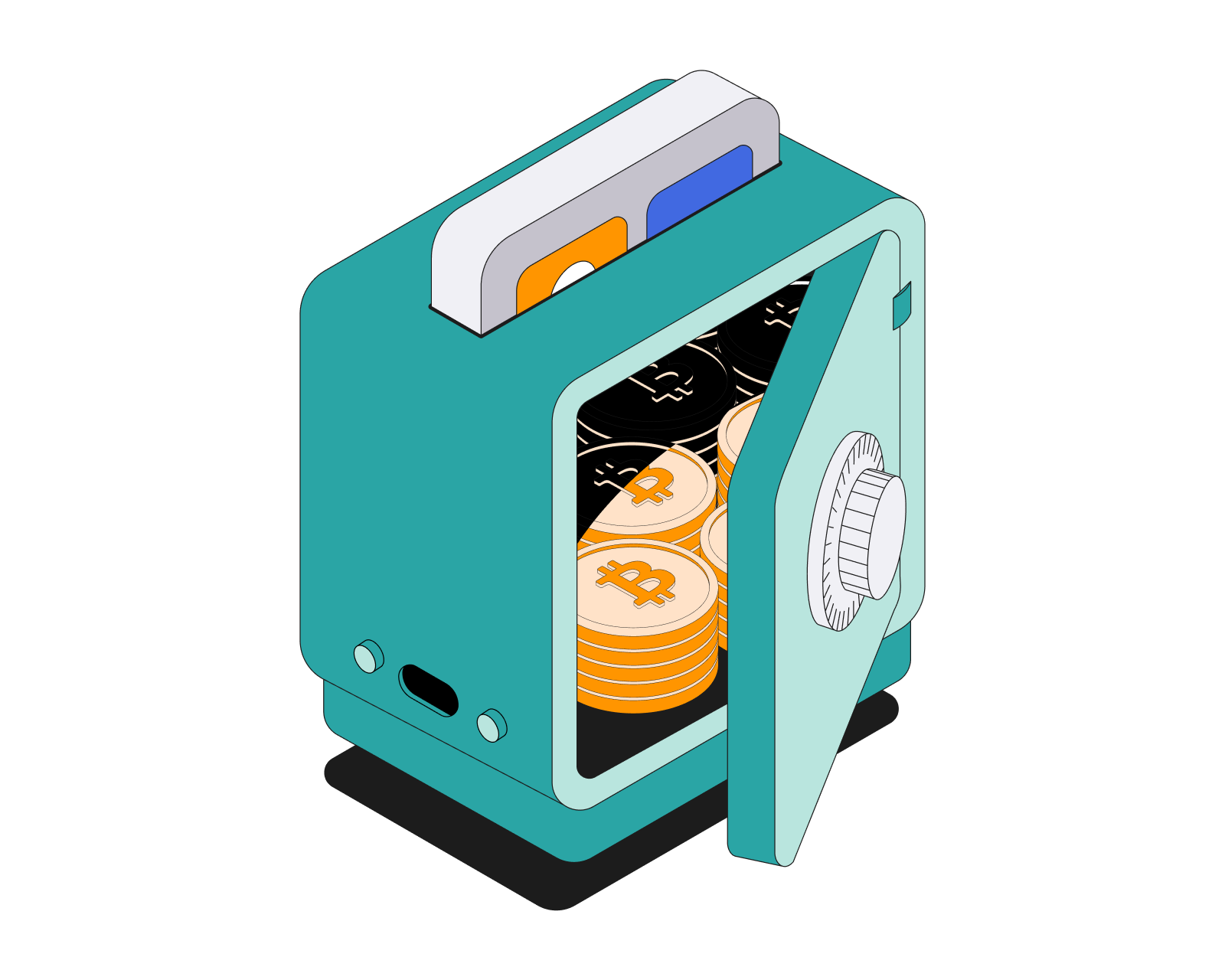
How do I keep my cryptoassets safe?
Make sure your cryptoassets are safe with these simple tips.
Read this article →
How do I keep my cryptoassets safe?
Make sure your cryptoassets are safe with these simple tips.
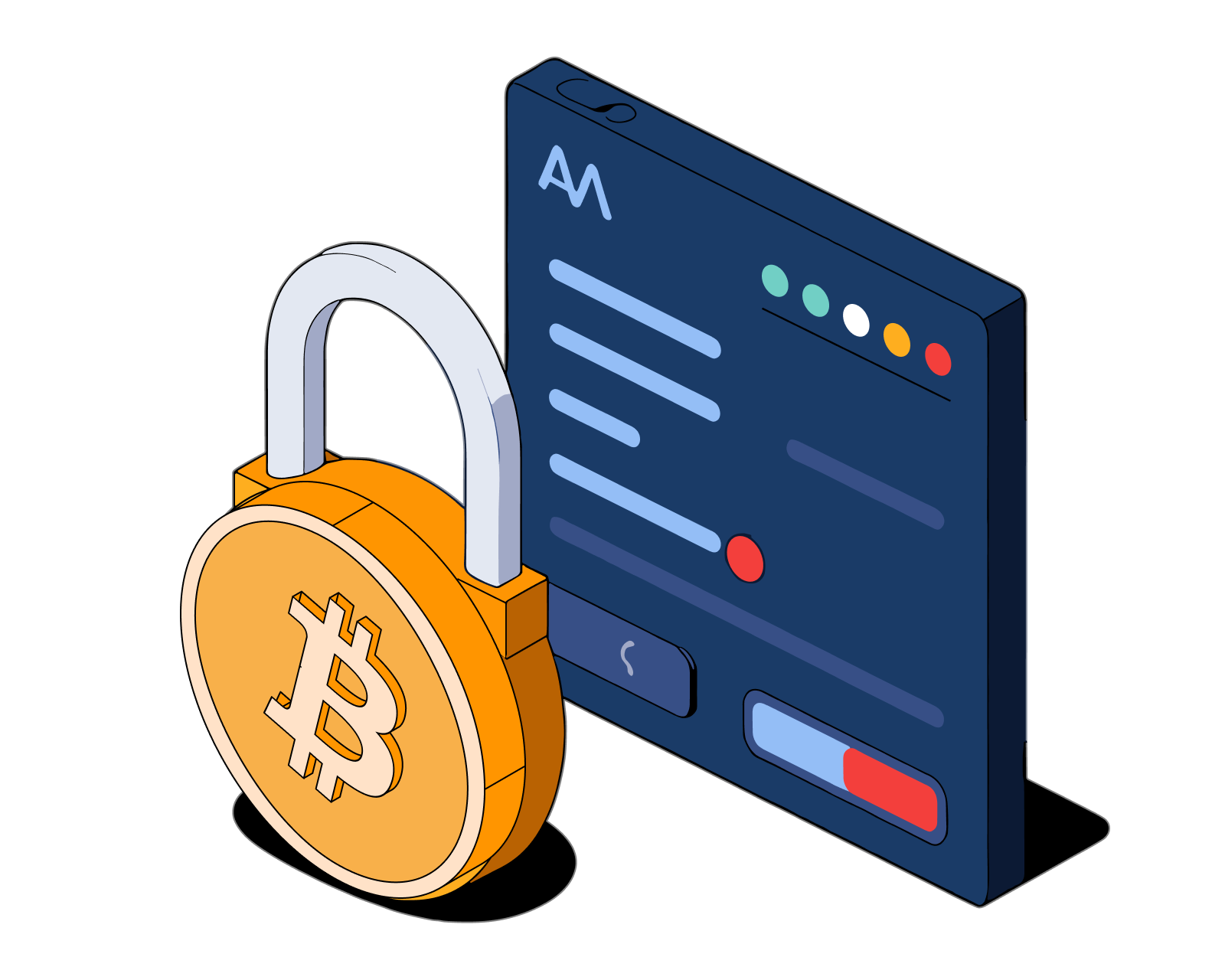
How do I create a Bitcoin wallet?
Learn how to quickly and easily create a Bitcoin wallet. Understand the different wallet types and their respective pros & cons.
Read this article →
How do I create a Bitcoin wallet?
Learn how to quickly and easily create a Bitcoin wallet. Understand the different wallet types and their respective pros & cons.
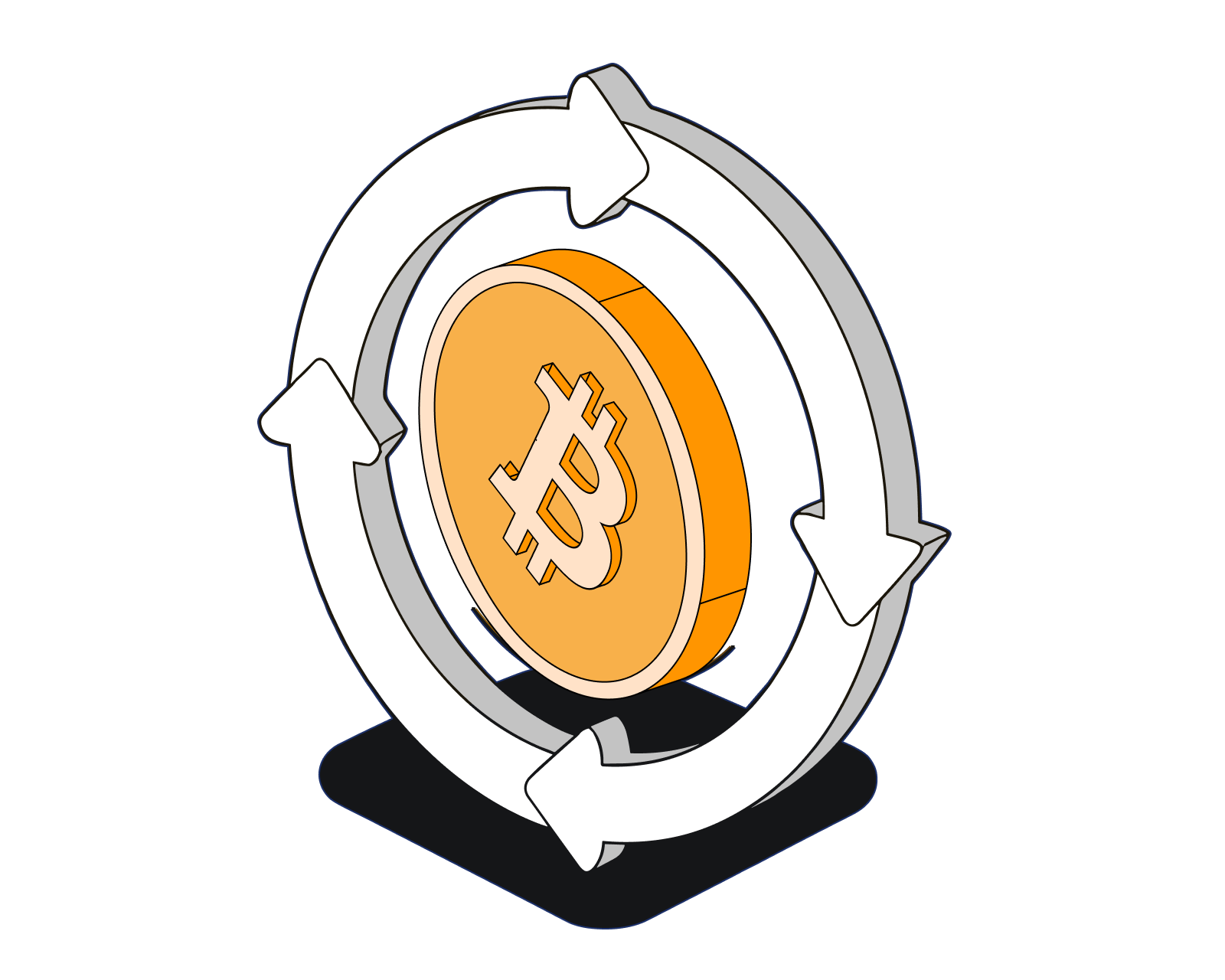
How does bitcoin exchange work?
How safe is it to store your crypto on centralized exchanges?
Read this article →
How does bitcoin exchange work?
How safe is it to store your crypto on centralized exchanges?
STAY AHEAD IN CRYPTO
Stay ahead in crypto with our weekly newsletter delivering the insights that matter most
Weekly crypto news, curated for you
Actionable insights and educational tips
Updates on products fueling economic freedom
No spam. Unsubscribe anytime.
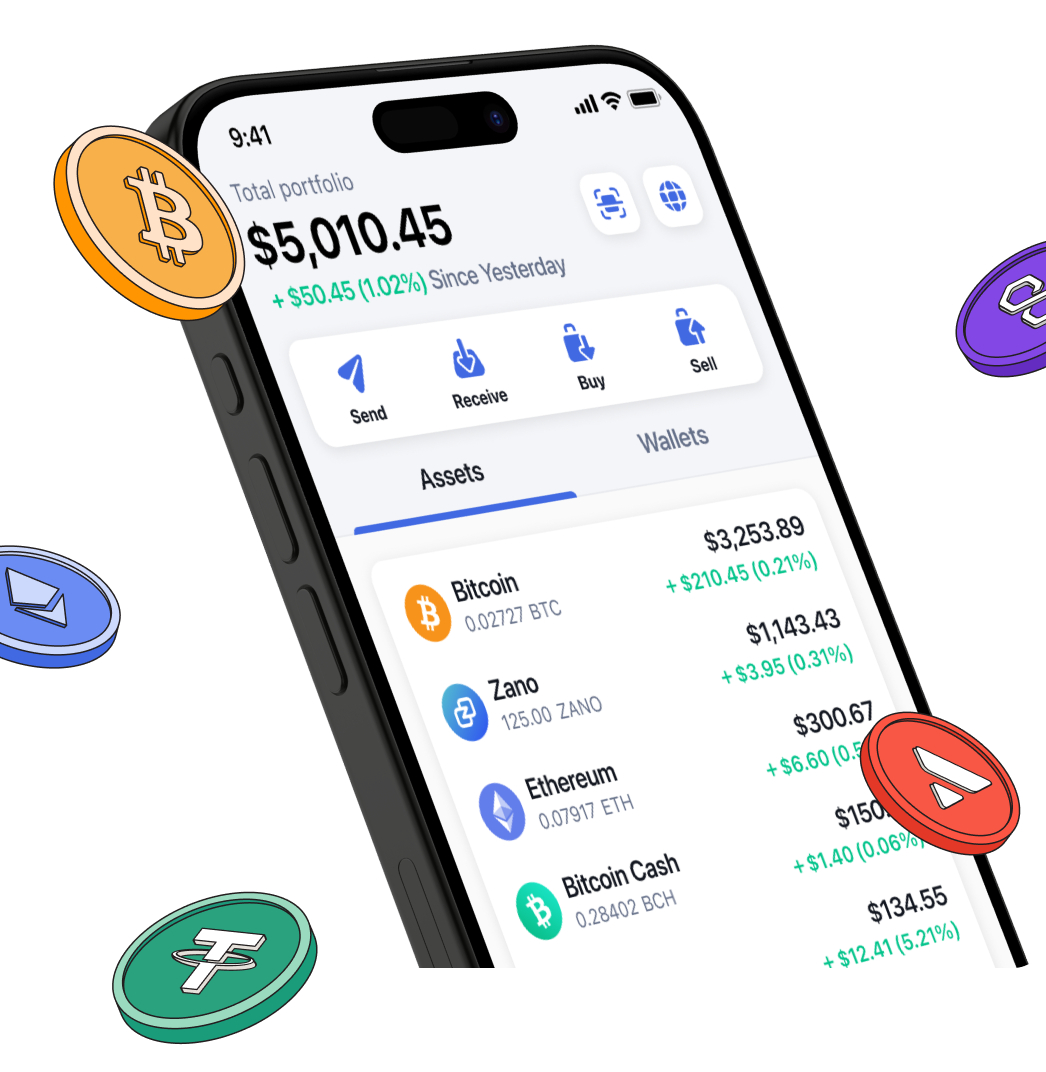
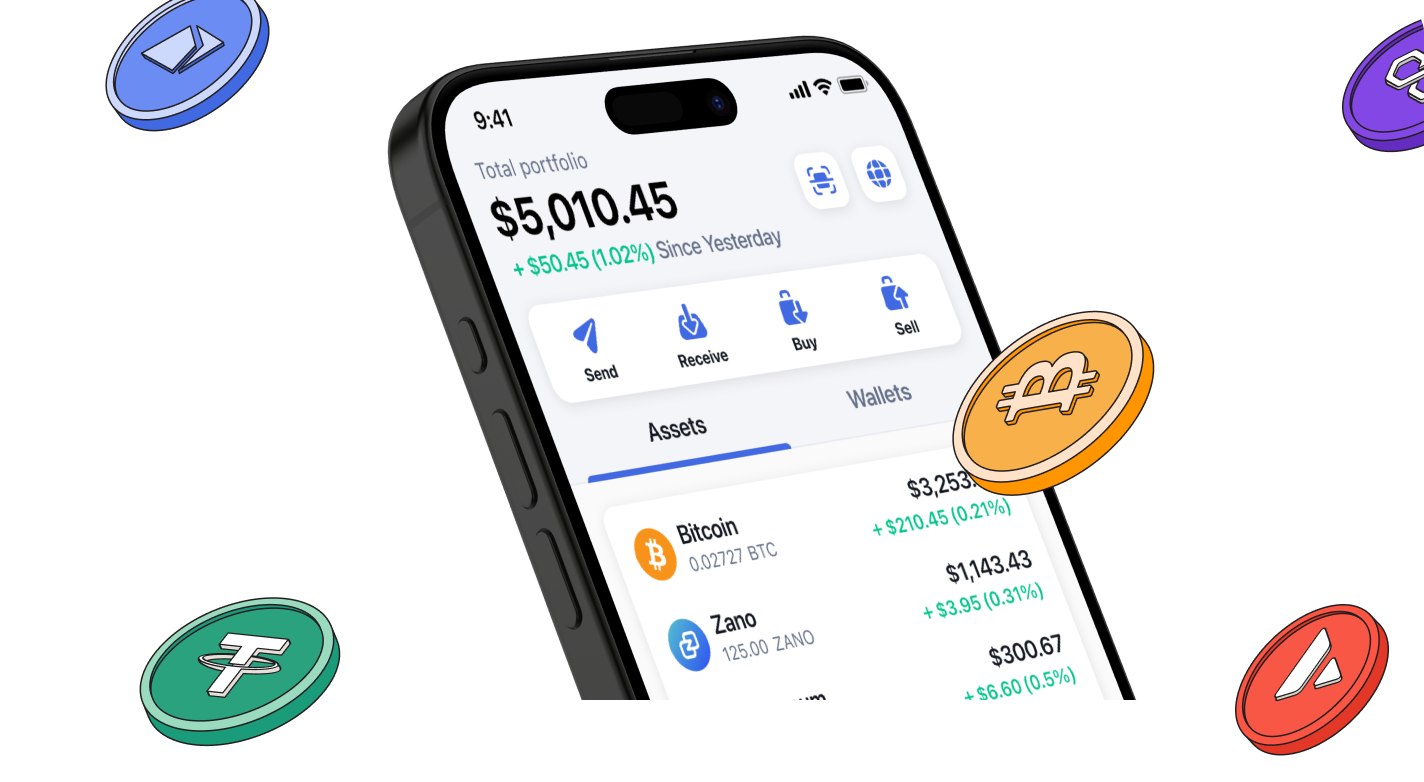
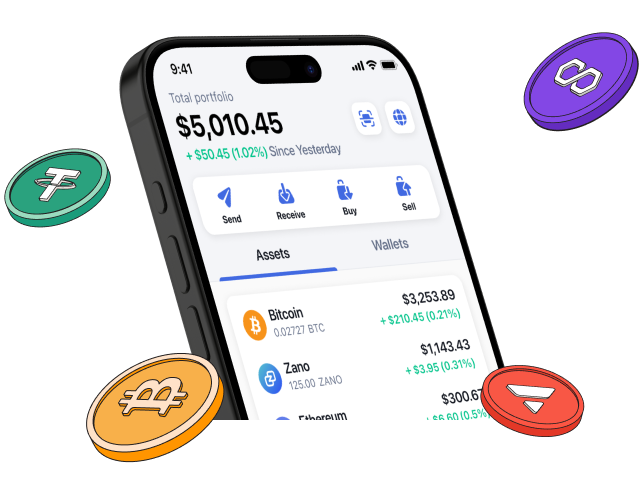
Start investing safely with the Bitcoin.com Wallet
Over wallets created so far
Everything you need to buy, sell, trade, and invest your Bitcoin and cryptocurrency securely

© 2025 Saint Bitts LLC Bitcoin.com. All rights reserved


